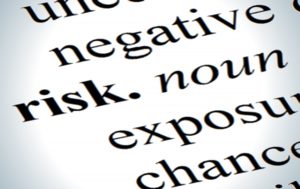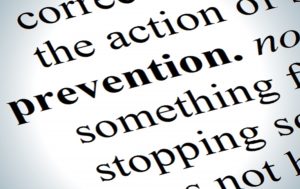The Worst Risks to Your Supply Chain
“An ounce of prevention is worth a pound of cure”
Might have been the title of an eye-opening workshop at last week’s national convention. The actual title was:
Is the Risk in Your Supply Chain Getting Ready to Bite You in the …….?
(The Key Steps for Identifying and Mitigating Supply Chain Risks.)
Two leaders in the field, Carrie Ericson, VP of A.T. Kearney, and Rose Kelly-Falls, Sr VP of Rapid Ratings, opened with a provocative question: What are today’s disruptive trends that threaten to upend the smooth functioning of supply chain organizations?

Some risks are obvious, like the persistence of global terrorism, geopolitical realignment and the challenge of integrating emerging economies into the global system. Some risks are more hidden, especially losing control of quality assurance, which impacts a company’s brand image. Some potential risks which can also present opportunities, such as fluctuations in the value of foreign currencies. And some of the trends which are normally heralded as positive news, like U.S. economic resurgence and the drop in energy prices, can have negative consequences by upsetting the careful balance established by global supply chains.
Most companies represented at the workshop did have a risk management strategy, but a surprisingly large number among the 200 supply chain professionals present, volunteered that their strategies are paper thin. In fact, one person commented that theirs was a “paper strategy” rather than a robust one.
The sources of this strategy shortfall are a complex of reasons, including a lack of resources and a lack of internal support. But the main one, as one of the presenters artfully expressed it, is that it’s “just really complicated”, requiring a lot of forethought.

The success of a risk management initiative depends on developing a negotiating strategy that focuses on intense exchanges with both internal and external partners. Internally, the challenge is enlisting crisis teams with cross-functional experts that can be quickly mobilized, which the team members who are critical to the project’s success may not see as a priority.
Externally, the challenge is not only raising new issues with strategic suppliers, but deepening the involvement with them, by for instance, monitoring their financial health, and anticipating where and why they might have hiccups in their system.
Overall, the advice was to have an ongoing strategy of assessing the risks your suppliers are running, with the proviso: “The worse risks are things you never thought of.”

